Creating a low-maintenance garden allows you to enjoy the beauty of nature without spending countless hours on upkeep. Here’s a guide to help you design a garden that is both beautiful and easy to maintain.
1. Choose the Right Plants
Opt for drought-resistant and native plants that are well-suited to your climate. These plants typically require less water and care, making them ideal for a low-maintenance garden. Examples include lavender, succulents, and ornamental grasses.
2. Use Mulch
Mulch is your best friend in a low-maintenance garden. It helps retain soil moisture, suppresses weeds, and improves soil health. Organic mulches like wood chips or bark are excellent choices.
3. Install an Automated Irrigation System
An automated watering system, such as drip irrigation or soaker hoses, can save you time and ensure your plants get the right amount of water. These systems are efficient and can be set to water at optimal times.
4. Create Gravel Pathways
Gravel pathways are not only attractive but also practical. They require minimal upkeep, prevent weed growth, and provide good drainage. Consider using gravel or stone for walkways and seating areas.
5. Group Plants by Water Needs
Planting species with similar water requirements together makes watering more efficient and reduces waste. This technique is known as hydrozoning and can significantly cut down on maintenance time.
6. Incorporate Hardscaping
Hardscaping elements like patios, benches, and pergolas add structure and function to your garden without requiring much upkeep. Use materials like stone, concrete, or wood for durability and aesthetics.
7. Reduce Lawn Areas
Lawns require frequent mowing, watering, and fertilizing. Reducing the size of your lawn or replacing it with ground covers like clover or moss can save time and resources.
8. Opt for Perennials Over Annuals
Perennials come back year after year, reducing the need for replanting. Choose hardy perennials that thrive in your local conditions for a garden that looks good with minimal effort.




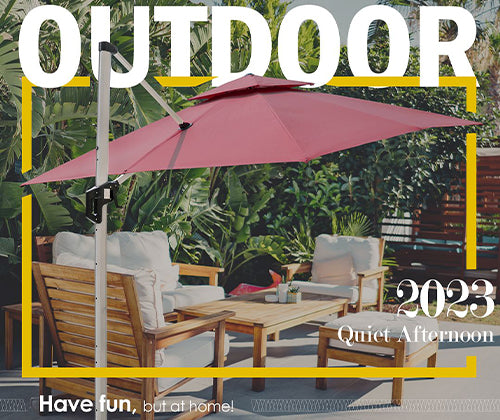



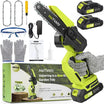








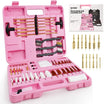
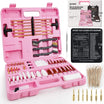
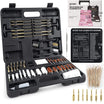
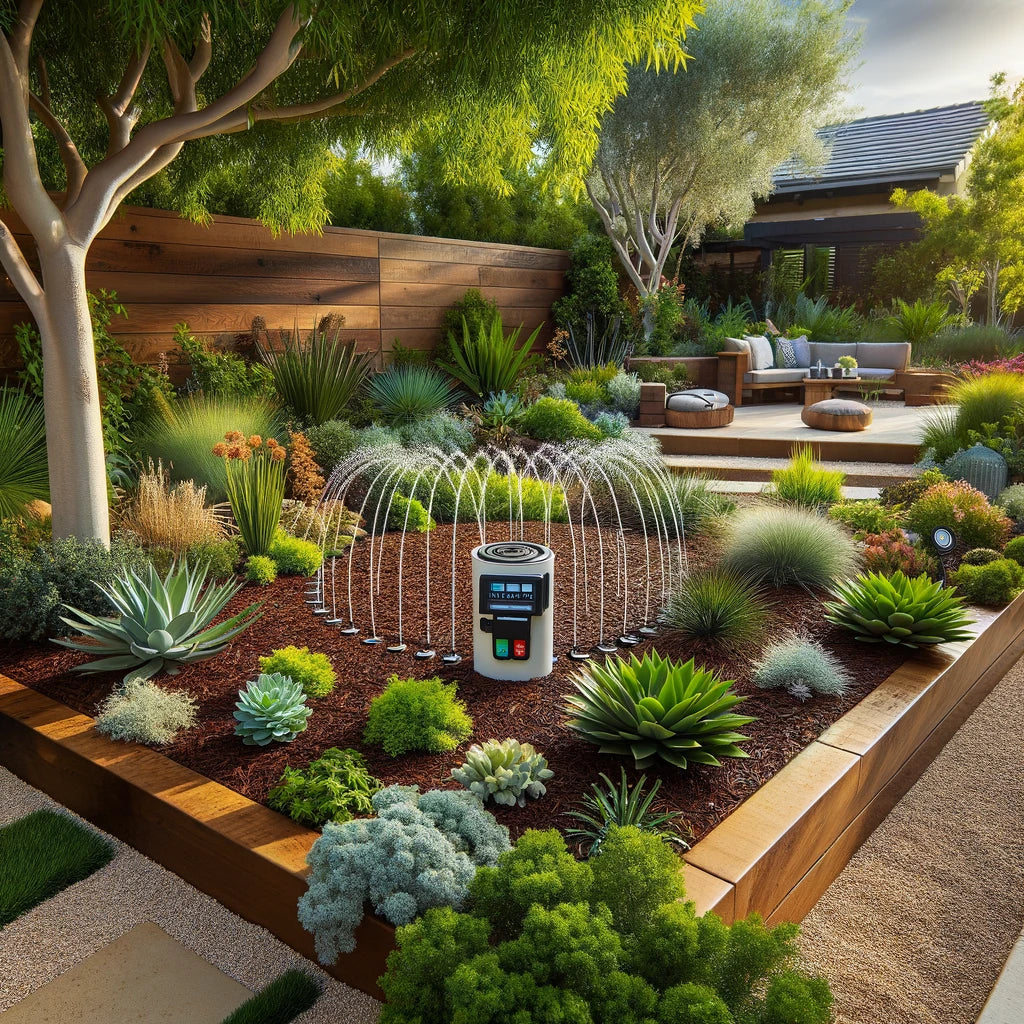
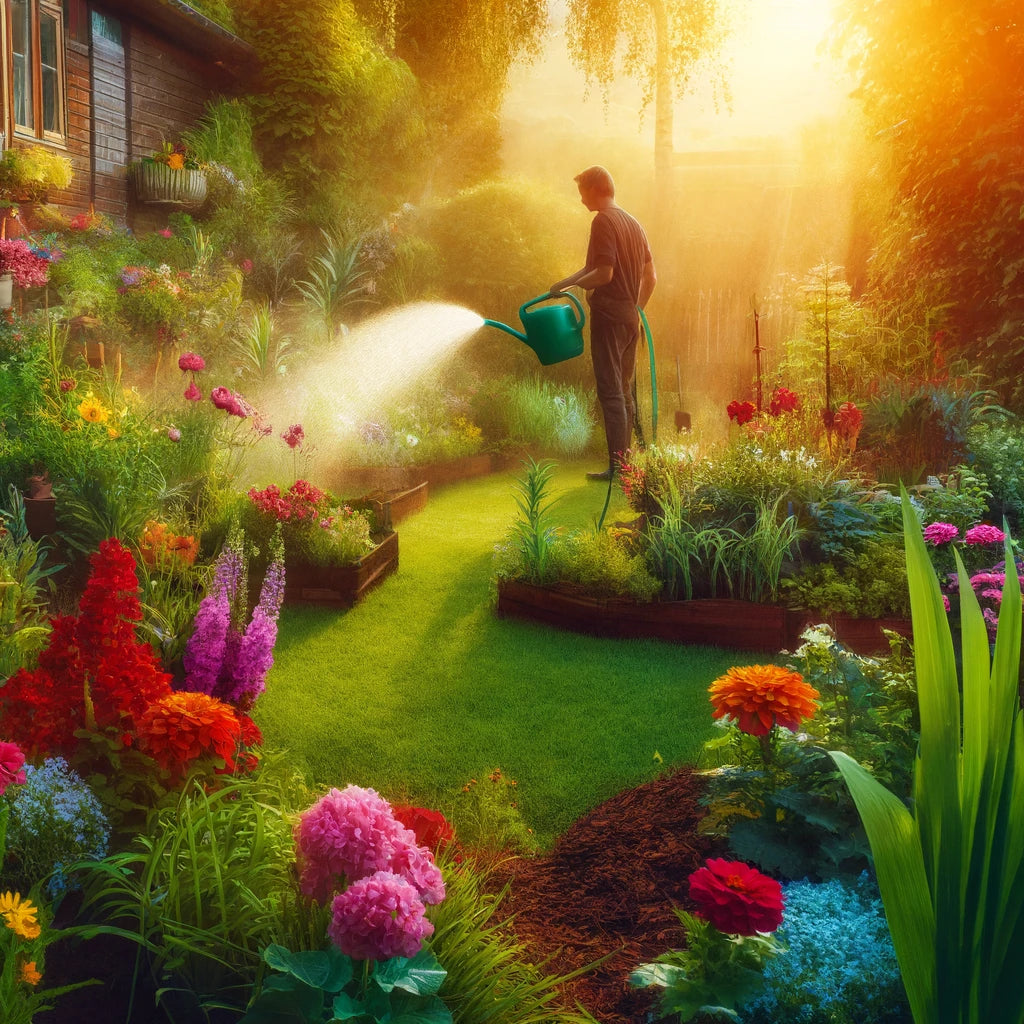
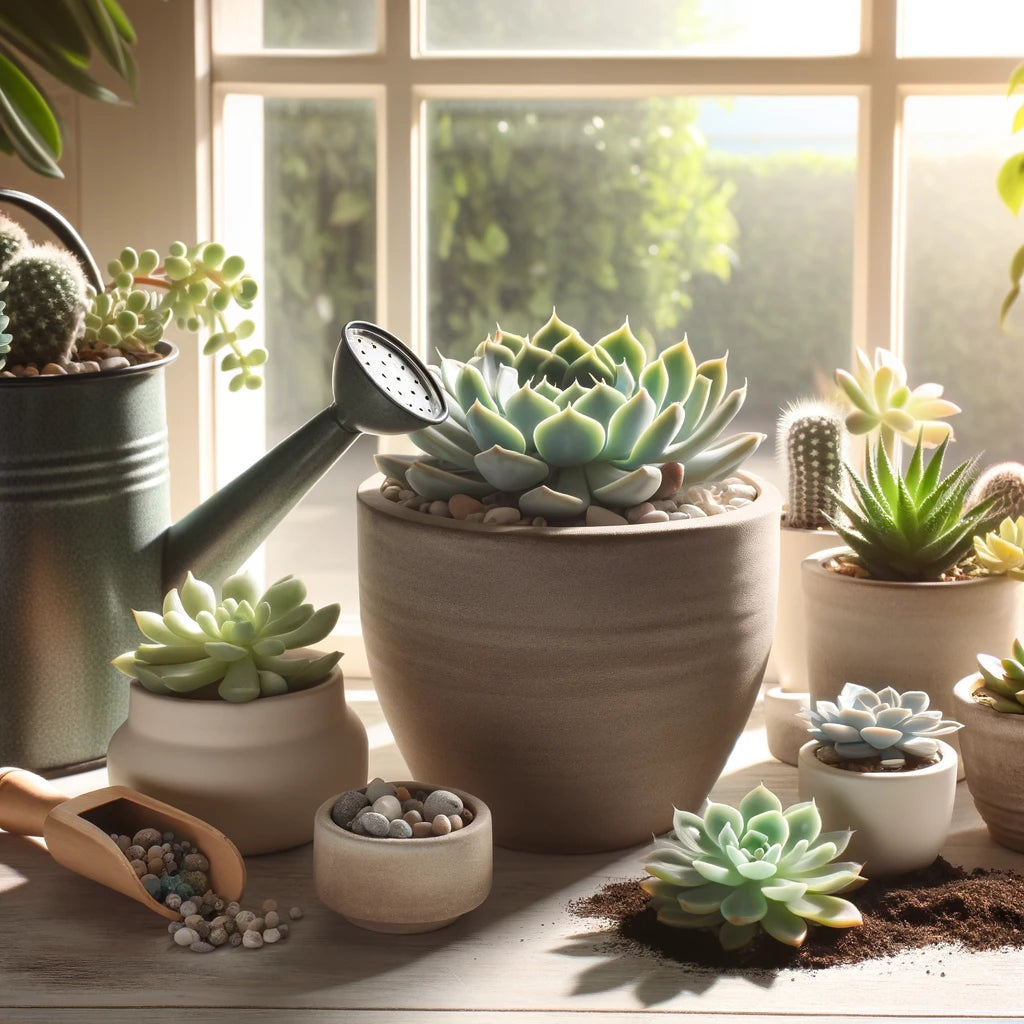
Leave a comment
All comments are moderated before being published.
This site is protected by hCaptcha and the hCaptcha Privacy Policy and Terms of Service apply.